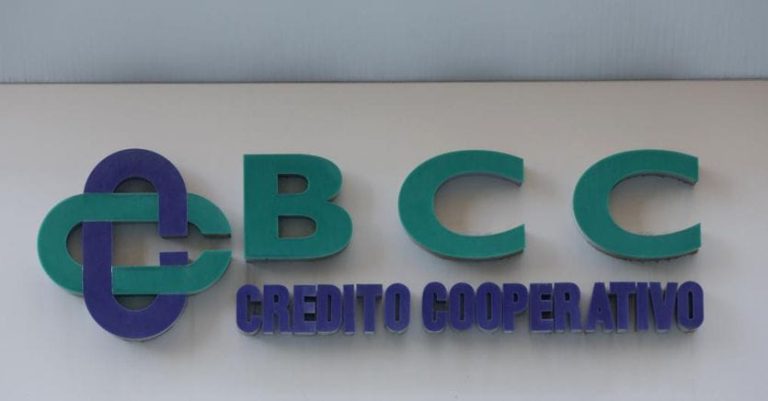There is a fight in Piedmont over the region’s flagship wines: Barolo and Barbaresco. Many producers of the two denominations fear that the package of proposals to modify the production regulations presented by the protection Consortium (which is unique, it protects Barolo, Barbaresco, Alba, Langhe and Dogliani and whose governance is also expiring) could lead to to the loss of identity of the denominations and – anathema – to an indiscriminate increase in production with cascading penalties on the prices of the wines and the asset value of the vineyards.
Changes
But let’s go in order. The first request for modification – which is also the only one that finds broad consensus among producers – concerns the obligation of bottling in the area, therefore in the area of origin (and which must coincide with the winemaking area) both for the Barolo than for Barbaresco. A request that became urgent a few months ago when the Italian Chamber of Commerce in the USA reported the case of an American bottler who packaged Barolo imported in bulk. It is therefore a measure that goes in the direction of expanding the guarantees of authenticity of the product. Guarantees that many consider difficult to ensure 4 thousand kilometers away.
The most controversial part
The other measures proposed by the Consortium are much more controversial, starting with the hypothesis of establishing a reciprocal link between the two DOCGs which until now have functioned in watertight compartments: to date, in the cellar where Barolo is produced, Barbaresco cannot also be bottled and vice versa. .
This proposal would then be accompanied by another measure which envisages including in the winemaking and bottling area all the municipalities currently excluded even if included in the respective denominations. This is the case, for example, of the town of Alba which boasts only a few rows that fall within the denomination but in whose industrial area a large winemaking and bottling plant could be located in the future, thus taking work away from the more agricultural areas.
And finally the most controversial proposal also because it is justified by reasons linked to climate change: that of planting from scratch or including in the DOCG areas the northern slopes of the two denominations of Barolo and Barbaresco which until now had been excluded because they were considered unsuitable for producing grapes for wines quality.







+ There are no comments
Add yours